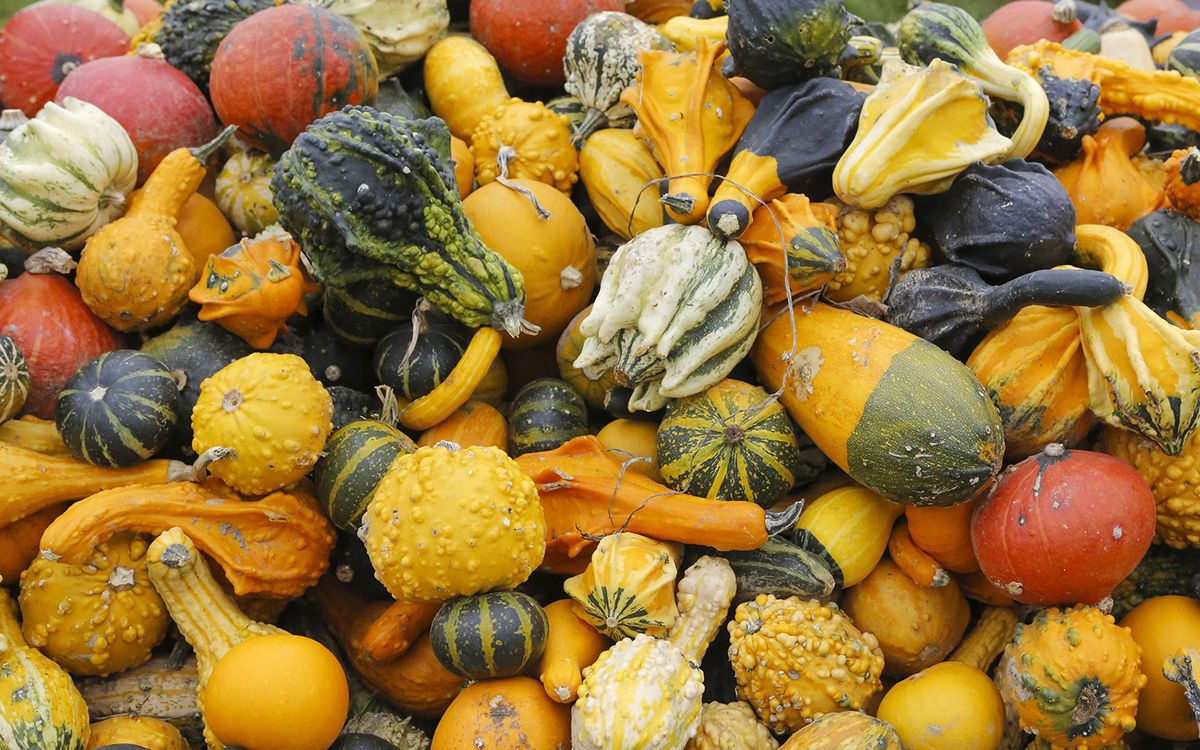Q. Are watermelon leaves edible ?
A. would be carefull, that plant family can produce toxins.
|
There wasn't anything particularly unusual about the squash — just a slightly bitter taste. But that all changed when two women in France started losing their hair. The women didn't know each ...
www.livescience.com
|
The plant mentioned in the article above is in the same family as watermelon. The reaction seems to be fairly rare, but why take any chances?
Q. What's wrong with my nerve plant (see picture below).
 |
| Nerve plant (Fittonia albivenis) showing etiolation. |
A. It looks like your Nerve plant (Fittonia albivenis) is suffering from etiolation.
Etiolation is a process where a plant, starved for light, produces hormones in its roots that cause the stems of the plant to elongate in search of better light.
There are two things you can do for this:
- Make sure the plant is getting lots of bright indirect light. The best place for it would be a curtained south facing window, followed by a west facing or east facing window. If this is impossible, then purchase a plant light (flourescent or led best) and illuminate the plant with it during the daylight hours. Make sure the light turns off during the day (examples of plant lights.)
- Keep the plant cut back if it does start to stretch. This will cause the plants hormone mix to favor leaf growth and not stem stretching.
PS, after answering your question I had to get some of those lights for myself -things have changed since I first tried out LED lights for plants. The last set of lights I got burned the plants I used them on. These are much better.

































































